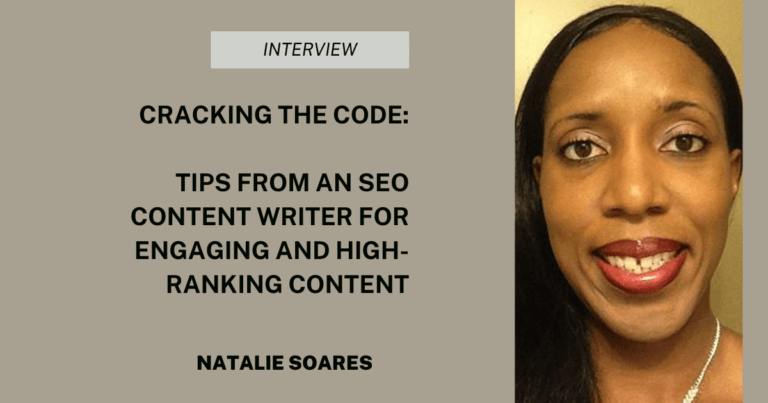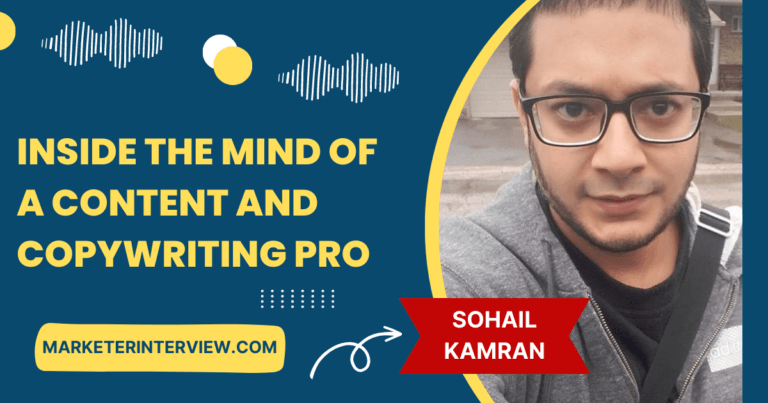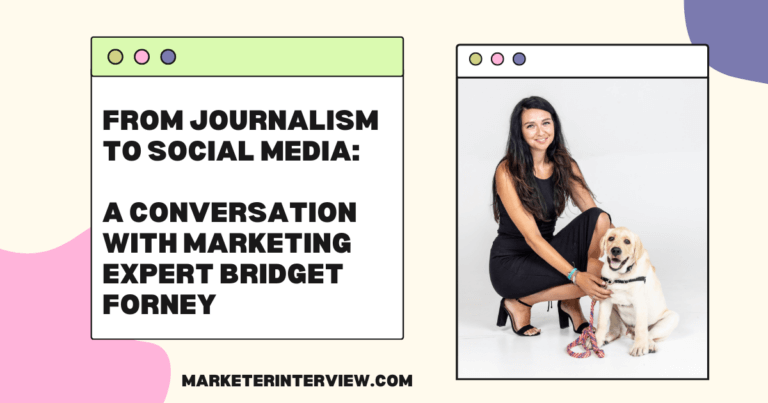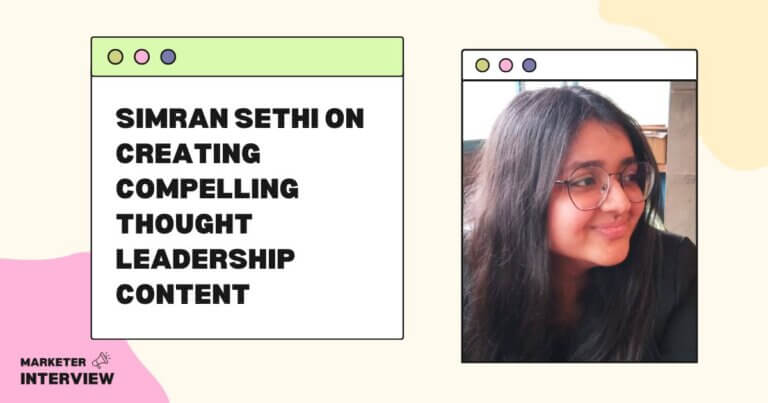Scaling Quality Content: An Interview with Deepika Pundora
Welcome to Marketer Interview, where we bring insights and stories from the marketing world.
Today, we are thrilled to have Deepika Pundora, the founder of Ukti, a content marketing agency that helps B2B and SaaS brands scale their businesses through high-quality, informative content.
With her experience in content and copywriting, hiring, and leadership, Deepika has a wealth of knowledge to share.
Let’s dive in!
Contents
- 1 How did you get started in the world of marketing? What inspired you to start Ukti?
- 2 What are some common mistakes you see companies making with their content?
- 3 Can you walk us through your process for creating high-quality, informative content for your clients?
- 4 What do you look for when hiring writers for your agency?
- 5 What’s your advice for companies looking to improve their content marketing efforts?
- 6 How do you measure the success of a content marketing campaign?
- 7 What are some practical ways to promote content and get it in front of the right audience?
- 8 How do you stay up-to-date with the latest trends and changes in content marketing?
- 9 Can you tell us about a particularly challenging project you worked on?
- 10 What tools and software do you use to streamline your work?
How did you get started in the world of marketing? What inspired you to start Ukti?
As a resourceful college kid, I started my marketing journey almost a decade ago. I’d always been a fervent reader of absolutely anything I could get my hands on.
Gradually, I realized I enjoyed writing – creating my friends’ SOPs, helping someone draft a brief letter, and eventually writing marketing content.
I saw how the demand for relevant content was rising in every industry. And I also saw a supply shortage despite a sudden surge in freelancers and agencies.
The missing puzzle piece was a genuinely marketing-focused and audience-centric approach to creating ‘content.’ I combined my passion for creating long-form content with my entrepreneurial desire to start Ukti in 2017.
What are some common mistakes you see companies making with their content?
A big one is using content for SEO rather than using SEO for content. You’d be amazed to see big companies operating without a brilliant content strategy and only adding to the noise.
Tied to the above is the need for more style and voice guides for the writers. So often, content briefs are a patchwork of information that needs guidance on messaging and tonality.
This results in lousy output with no unique POV or insight for the reader to take away.
Can you walk us through your process for creating high-quality, informative content for your clients?
We onboard our new clients with a series of calls to discuss strategy, key objectives, brand guidelines, and asset requirements. This helps us set the right expectations and build a solid foundation for content creation.
We also use various marketing and sales collaterals to build product/service understanding. Only once the foundation is laid and the team has immersed itself into the marketing and content world of the business do we start with our creation process.
The first few weeks are spent polishing the message, delivery, style, and CTAs. And all the learnings are turned into writing and editorial guidelines for quick reference. This ensures we’re only creating high-value content aligned with the client’s marketing goals.
What do you look for when hiring writers for your agency?
Ask anyone trying to build a team whose top grievance will be recruitment! But, of course, it’s tough to identify and attract people who bring superior skills and good values that align with our organization.
When hiring writers, we assess candidates on these top 3 parameters:
- Hard skills (communication, storytelling)
- Work ethic
- An honest and positive attitude
We need professionals who combine the above to fit right into our team.
What’s your advice for companies looking to improve their content marketing efforts?
To switch to a “do more with less” content philosophy.
We’re living in the age of Content Shock, where the speed of content production far exceeds the rate of content consumption.
So, if you’re still churning out average-value SEO content for the sake of consistency, please don’t. ChatGPT is here, and it can do the job faster.
To stand out, create high-value, SME-informed content and promote it like crazy. Publish, repurpose, and share it repeatedly in different formats and channels. This method is highly effective and incredibly cost-effective.
How do you measure the success of a content marketing campaign?
The only proper way to measure the success of a content marketing campaign is to measure its conversion rate. Checking how many people engaged with our content and liked it enough to perform the CTA. That’s the ultimate litmus test.
It could be a download, email subscription, sign-up, filling out a form, etc. Besides the conversion rate, I focus on engagement metrics like average time on the page, social shares, and CTRs.

What are some practical ways to promote content and get it in front of the right audience?
There is only one. What everybody’s been saying for ages. Promote your content where your audience spends time online.
Identify the channels your audience prefers, then learn everything about it: features, algorithm, best times to post, analytics, etc.
Doing so will help you optimize your content messaging and format to fit the channel. And engage your audience better.

How do you stay up-to-date with the latest trends and changes in content marketing?
I feel whatever’s worth learning about will eventually find a way to my LinkedIn feed. (It’s the best way to stay in touch.)
But when I’m intentional about learning, I try to keep my circle of influence limited to a few creators I admire. And for that, newsletters are my go-to.
My favorites include Total Anarchy by Ann Handley, Some Good Content by John Bonini, The Social Juice Newsletter by Jaskaran, The Studio by VEC Studio, and the Animalz newsletter.
Oh, and if you’re in the mood for a good laugh, The Word by Dave Harland is rib-tickling.
Can you tell us about a particularly challenging project you worked on?
Some time back, we partnered with a marketing automation startup looking to create “different” content despite exploring themes standard to the industry.
This was a tough one for the team – building deep industry knowledge while cultivating a tonality that is tricky to nail immediately.
To do the job precisely, we spent a lot of time talking to the client to get a sense of where they were coming from, what their industry looked like on the inside, and what a successful measure of unique content would be.
We asked for all the help we could get, and in just a couple of iterations, we’d hit the nail on the head!
What tools and software do you use to streamline your work?
G Suite all the way. I’m also a huge fan of Trello and Notion. Great for organizing different marketing resources and collaterals. Also, for keeping track of my daily to-dos.
Grammarly and Copyleaks are two tools my team cannot live without. Those are baked into our proofreading process. We also use Loom to share processes, show live edits, and train new hires.
Recently, I’ve been using ChatGPT for brainstorming and research. Admittedly, it’s not always a reliable partner, but it’s better than starting with a blank canvas. Lastly, I use Pocket for bookmarking all of my best Internet finds.






